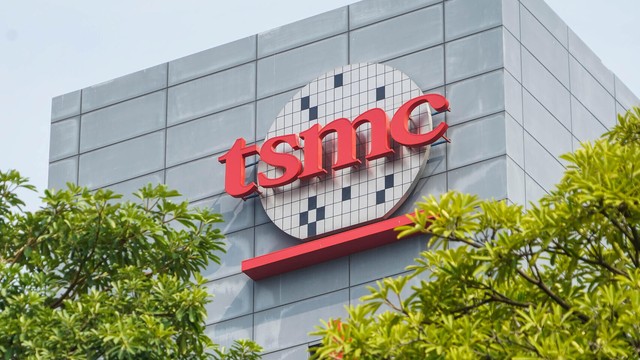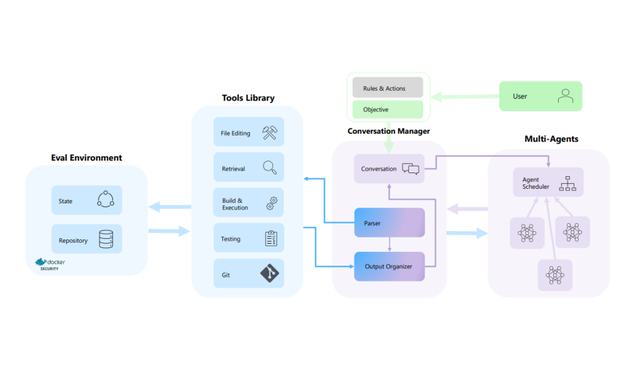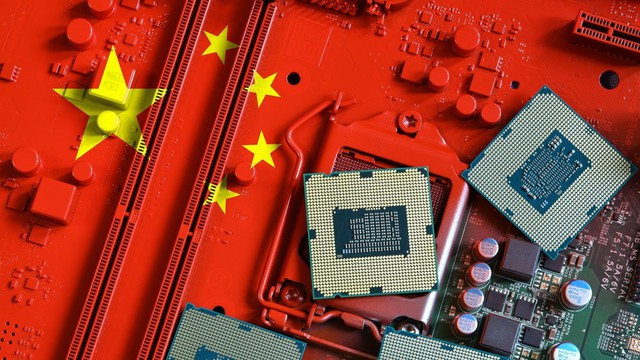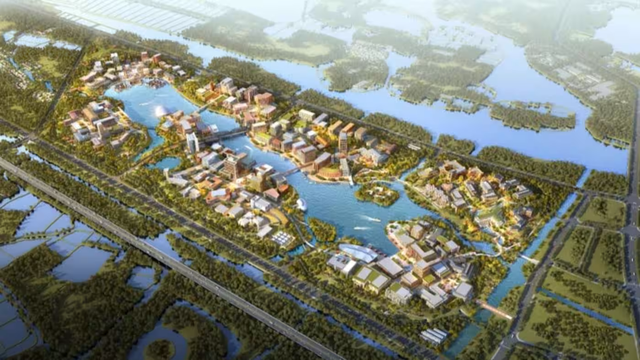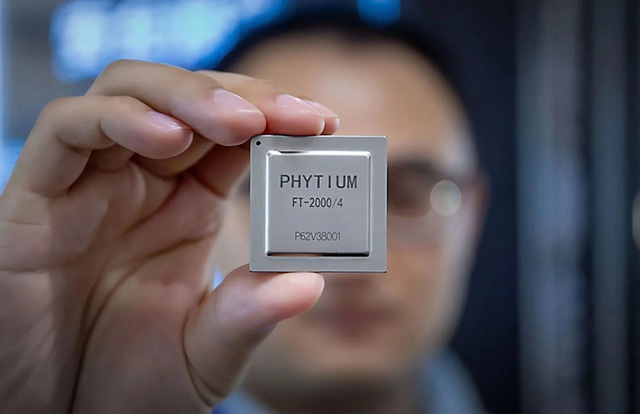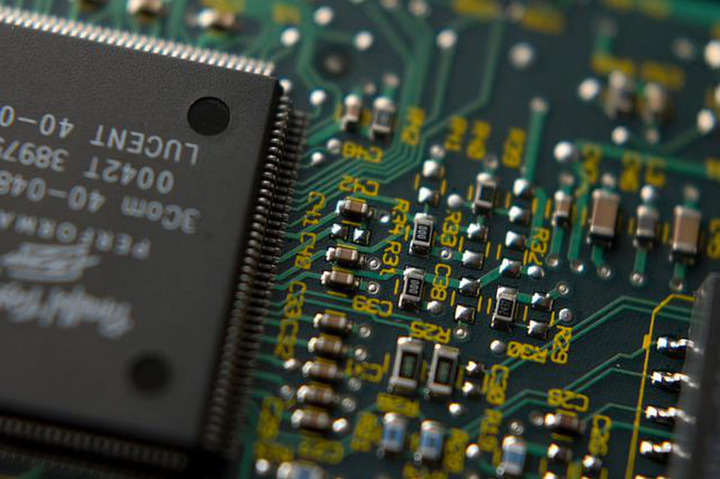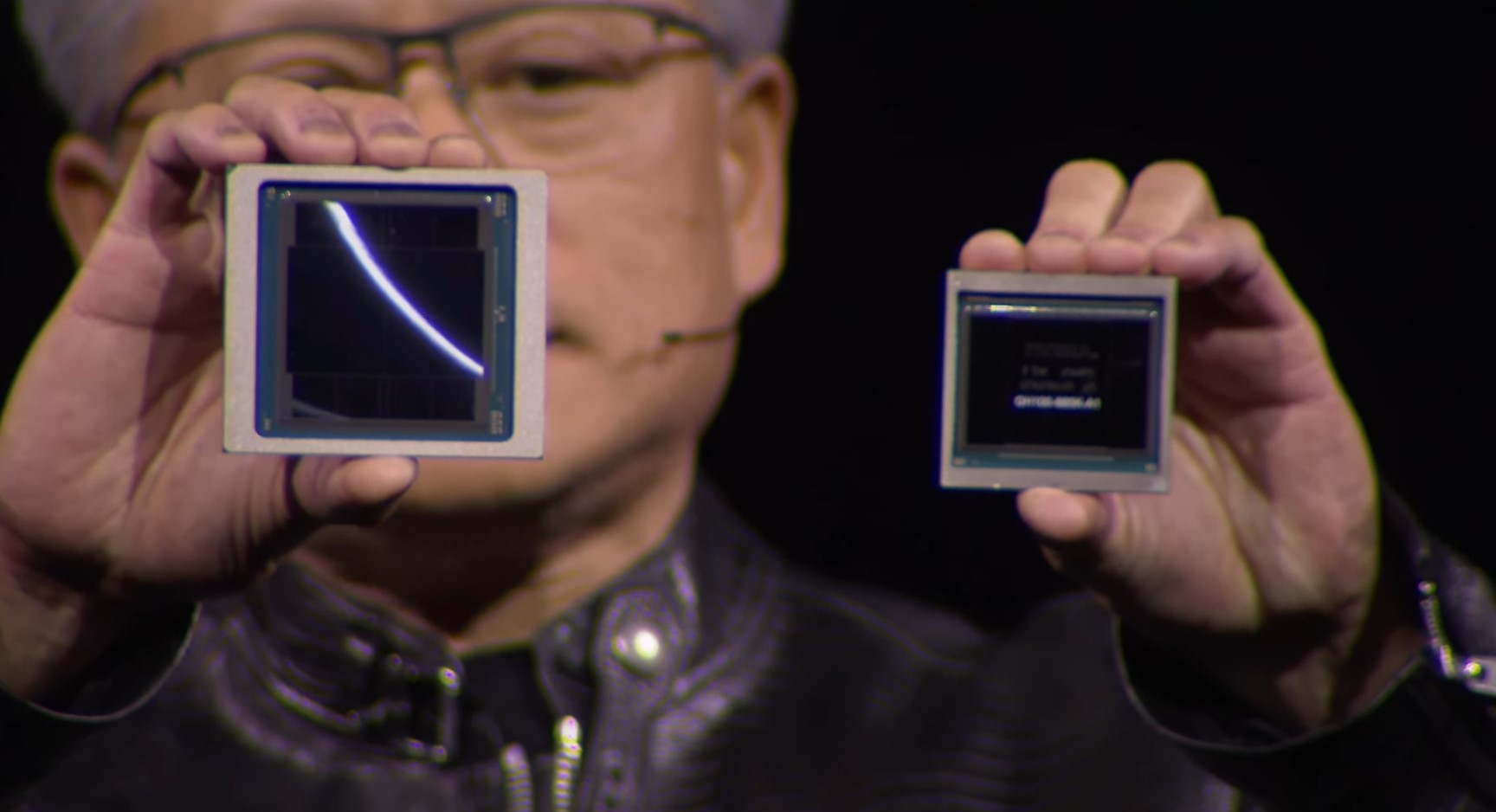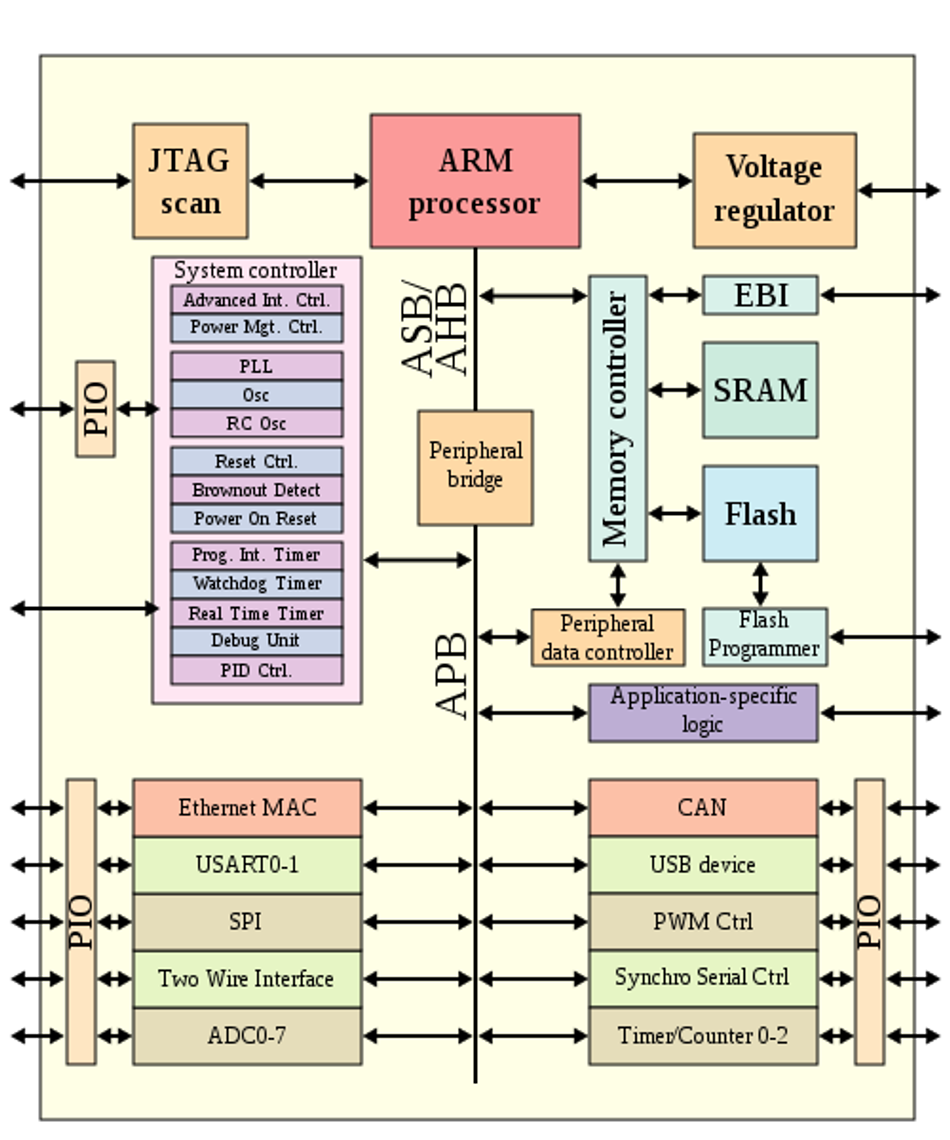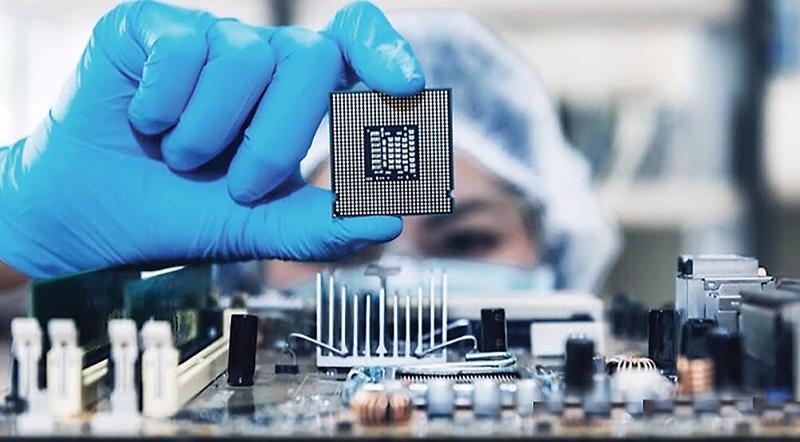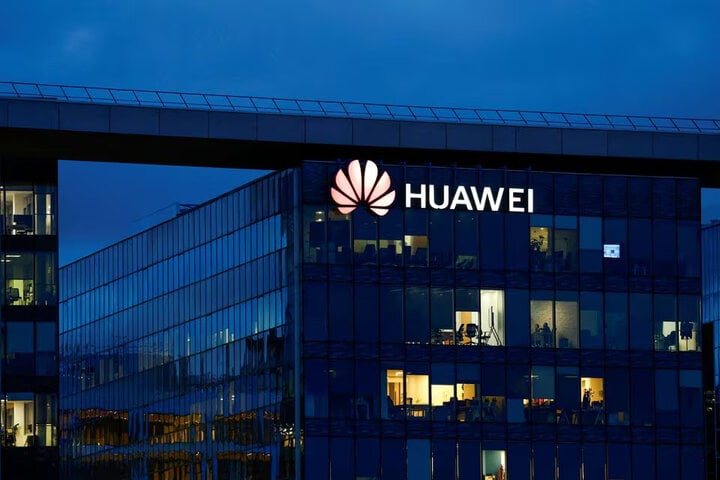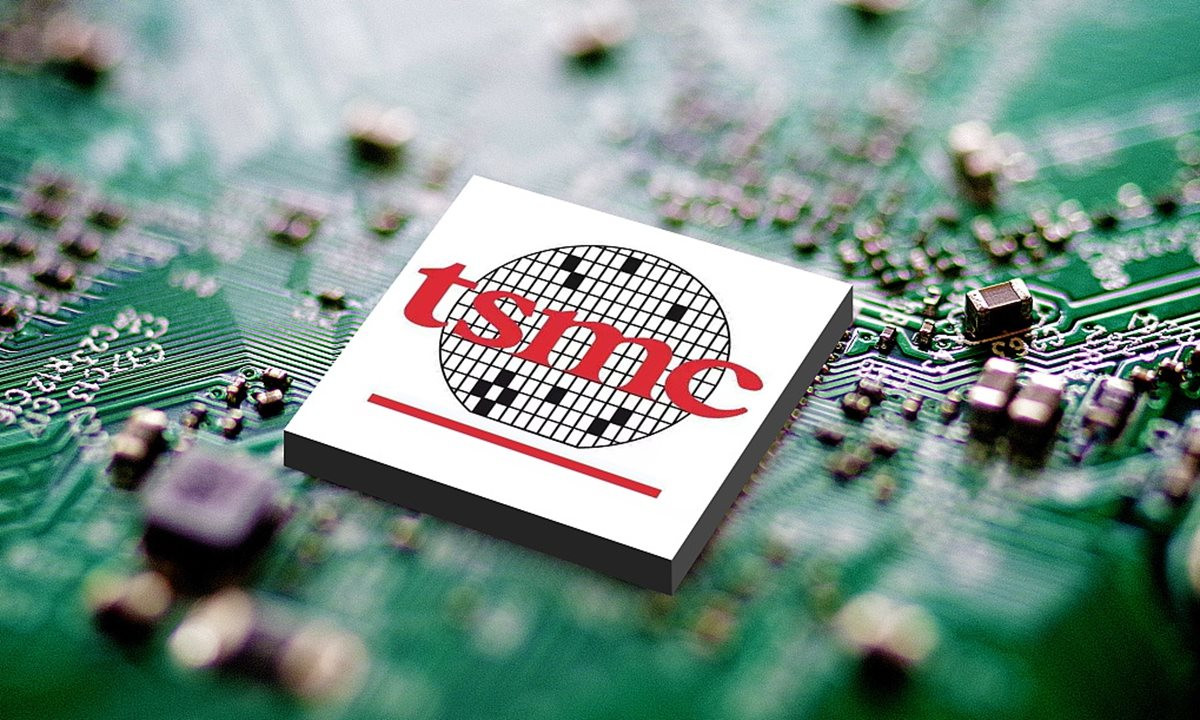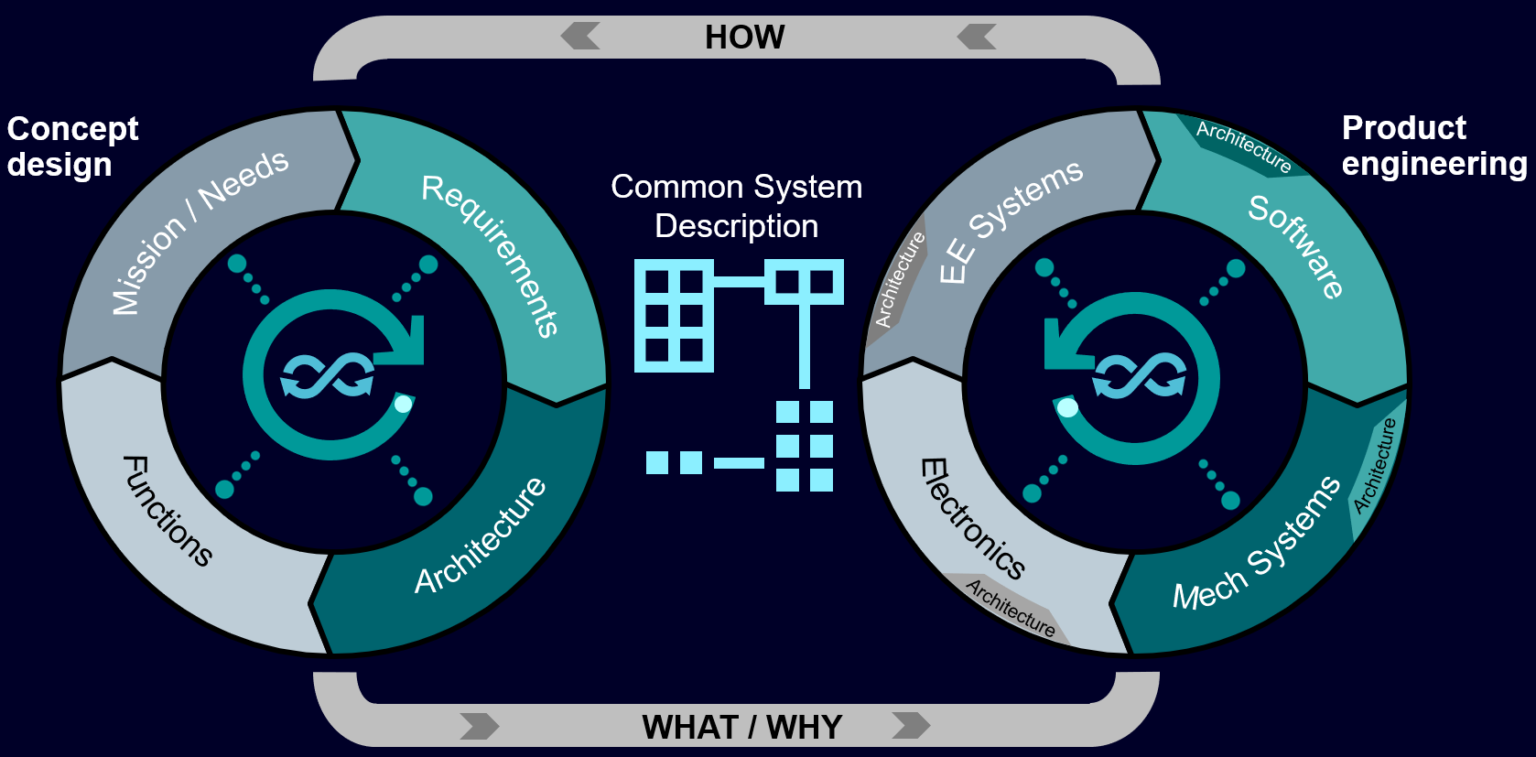
First-generation Model-Based Systems Engineering (MBSE) tools have simply not kept up with the complexity of today’s products to define and share product data across large value chains. As a result, many projects suffer from cost overruns and delays.
To transform our development process, we need to make systems engineering solutions broadly available across the enterprise – not just to the systems engineers. Tools based on the first generation of Systems Modeling Language (SysML) struggle with large models, interoperability and supplier collaboration. Our customers are seeking next generation solutions that address the issues of SysML – and they need systems engineering data available across the entire enterprise.

Siemens is committed to building next generation MBSE solutions that leverage the comprehensive digital twin within an open ecosystem. This will revolutionize complex product development for all industries and accelerate new programs across the entire value chain. For example, it could help the Department of Defense develop the next generation of aircraft and just as easily help a start-up deliver the next era of innovative transportation.
So how do we build this next generation of MBSE solutions?
First, we help standards groups to both lead and support the interoperability and exchange of systems models. The current version of SysML is far from perfect, and valuable data is often lost in communication between teams. Our continued leadership on SysML v2 enables deep communication with product engineering teams and the complete digital enterprise. SysML v2 is poised to remove the limitations of current SysML tools with an even more open and capable modeling language standard – providing true interoperability between applications.
We are building tomorrow’s MBSE solutions on SysML v2 to create systems engineering capabilities that will make the data available to the entire enterprise, allowing companies to make faster – and better – decisions about new products by incorporating system models into a comprehensive digital twin. This unified approach removes risk and improves quality by optimizing and verifying the product architecture across all engineering and enterprise processes into a single source of truth. Delivering the solution in an open platform then creates seamless interoperability across the value chain whether it’s between in-house engineering departments or external suppliers using an aging version of SysML.
To realize this vision, we will continue to partner with our customers and the standards groups to deliver a next generation MBSE solution. But the future of product innovation is dependent on an open and standard modeling language. Say goodbye to the tools of yesterday and join us as we develop the next generation of MBSE solutions, built on the open standard of SysML v2.
For more information on our MBSE developments, our website is a great resource – MBSE Hub Page
Dale Tutt is the Vice President of Aerospace and Defense Industry for Siemens Digital Industries Software. He is responsible for global Aerospace and Defense industry strategy for Siemens, driving specific industry requirements into industry-specific product and market solutions for Aerospace and Defense customers. Dale has 30 years of experience in engineering design, development, and program leadership within the Aerospace industry.
Nand Kochhar is the vice president of Automotive and Transportation Industry Strategy for Siemens Digital Industries Software. He joined Siemens in 2020 after nearly 30 years with Ford Motor Company, where he most recently served as Global Safety Systems Chief Engineer. In this capacity, Kochhar was responsible for vehicle safety performance of all Ford and Lincoln brand products globally. He also served as Executive Technical Leader, CAE, and as a member of Ford’s Technology Advisory Board. Kochhar’s tenure at Ford also included executive engineering leadership across a range of disciplines including in product development, manufacturing, digitalization, simulation technology development and implementation.
Siemens Digital Industries Software is driving transformation to enable a digital enterprise where engineering, manufacturing and electronics design meet tomorrow. Xcelerator, the comprehensive and integrated portfolio of software and services from Siemens Digital Industries Software, helps companies of all sizes create and leverage a comprehensive digital twin that provides organizations with new insights, opportunities and levels of automation to drive innovation.
Bạn Có Đam Mê Với Vi Mạch hay Nhúng - Bạn Muốn Trau Dồi Thêm Kĩ Năng
Mong Muốn Có Thêm Cơ Hội Trong Công Việc
Và Trở Thành Một Người Có Giá Trị Hơn





